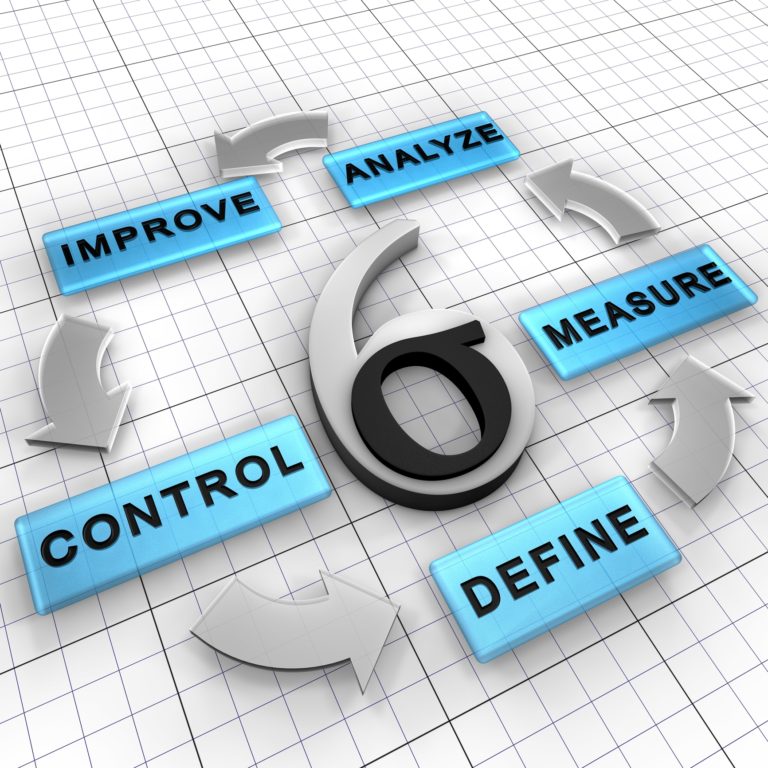A Review in the Basics of Six Sigma: Part 1

It is a good habit to always review the basic principles of any practice, and Six Sigma isn’t any different. The most pertinent information is in the basic information you learn at the beginning of any practice.
What is Six Sigma?
Six Sigma is a data-based methodology that uses a systematic approach to reduce errors by reducing variation in business processes.
What does DMAIC stand for?
Define: The problem or goal, a reason the issue needs to be resolved
Measure: The current state as a baseline and use it as a starting point for improvement
Analyze: The root cause, identify with data-driven tools and validate as to why said issue is happening
Improve: Identify some creative solutions to get rid of the major root causes so the problem will be fixed and prevent future similar issues
Control: Maintain the improvements and sustain the success of those new improvements
What does DMADV stand for?
Define: The goal of the new product or service, set reasonable goals and state the reason as to why it is needed.
Measure: Know the factors that are important including parameters, risks, and access production process and product capability.
Analysis: Develop design alternatives, work with different combinations and selecting the best components that would work
Design: A detailed prototype is developed and after the first prototype there will be a second one, which is more detailed and possibly redesigned because of errors in the first one.
Verify: The final step where the newly designed product is tested to the real world to make sure it is the highest quality it could be.
Remember, the difference between the two is you would use the DMAIC approach to improve an existing process, while with the DMADV methodology you would use to develop a brand-new service or product within a business. Tune in next week for Part 2 of our basics series!


